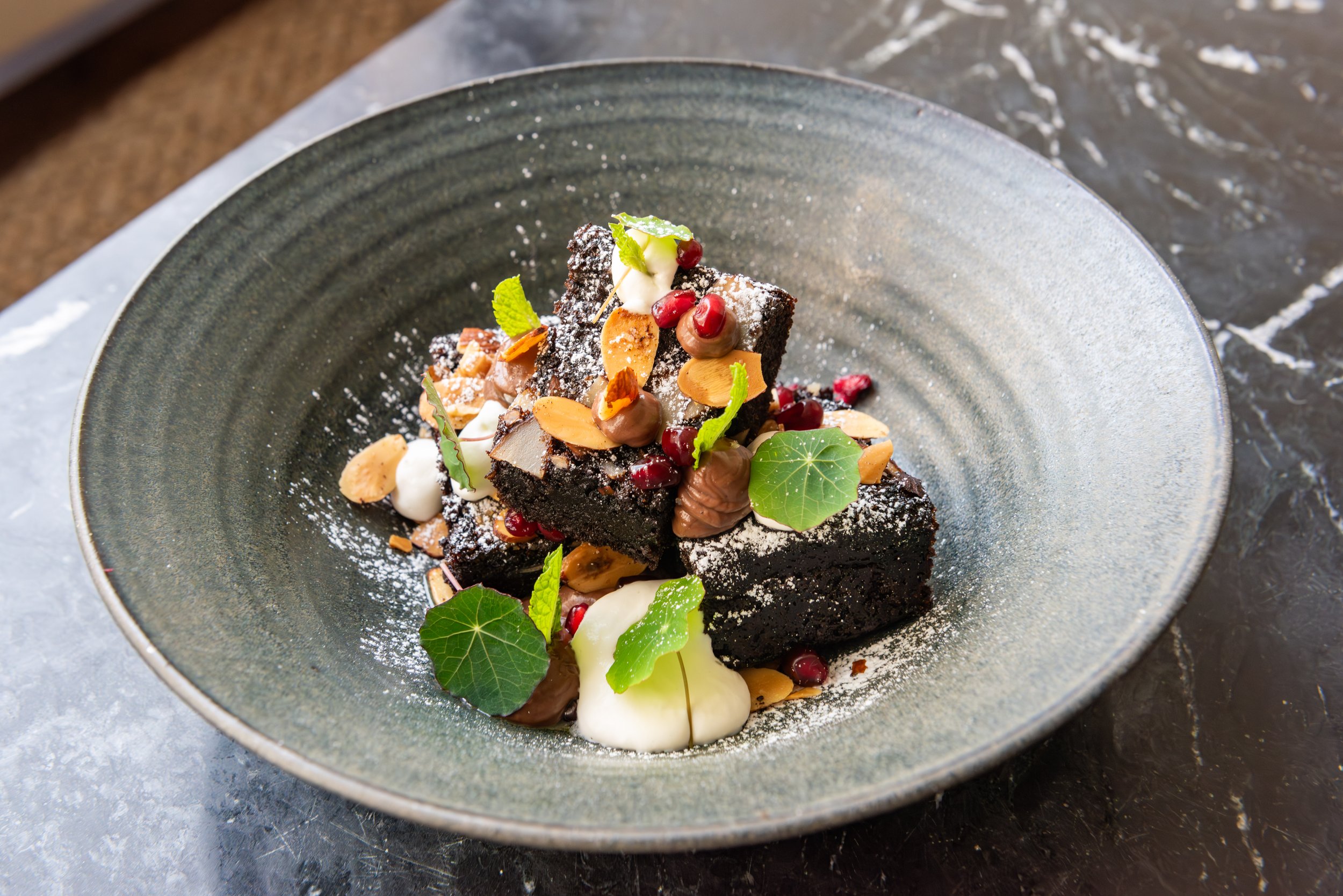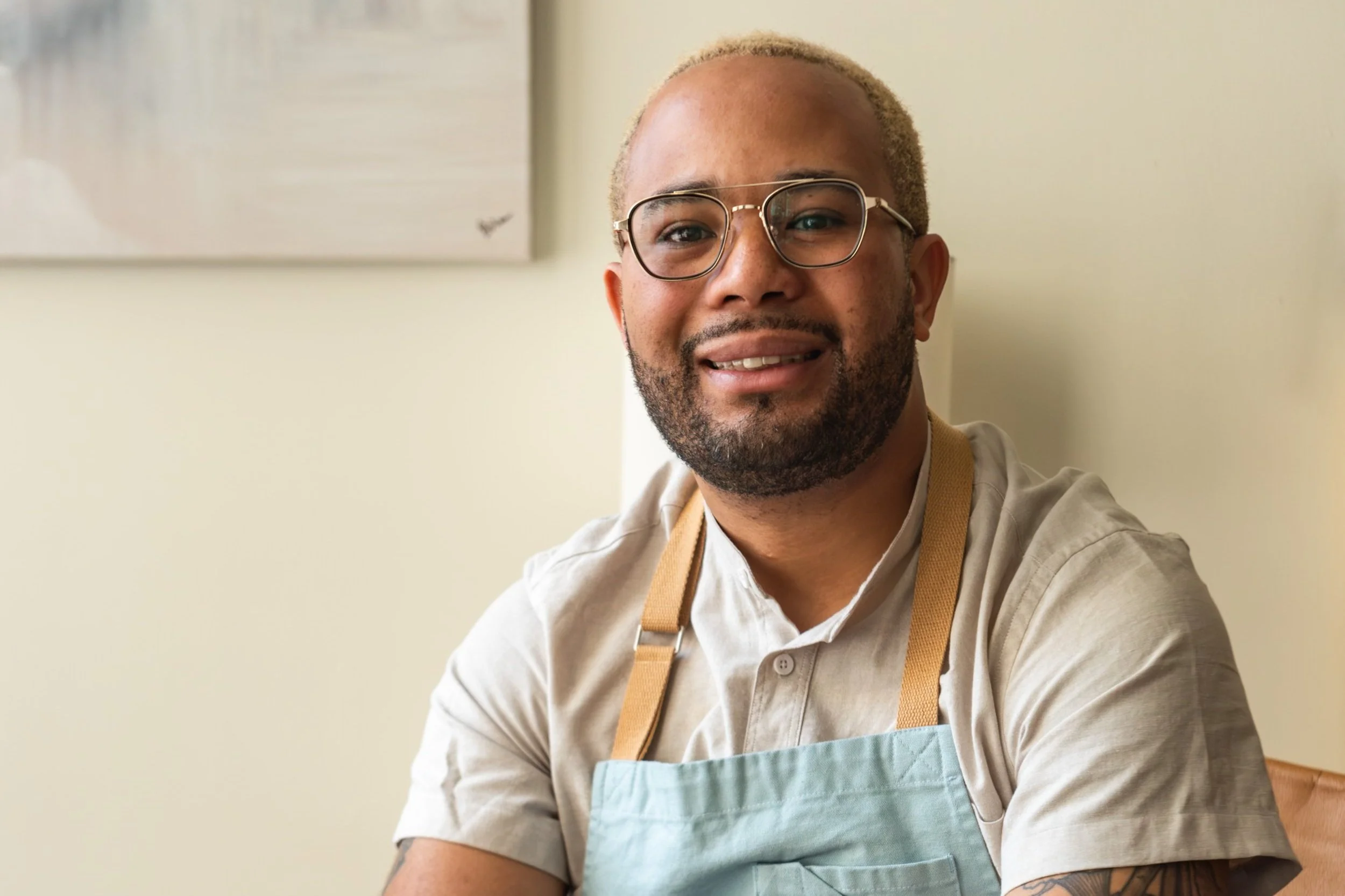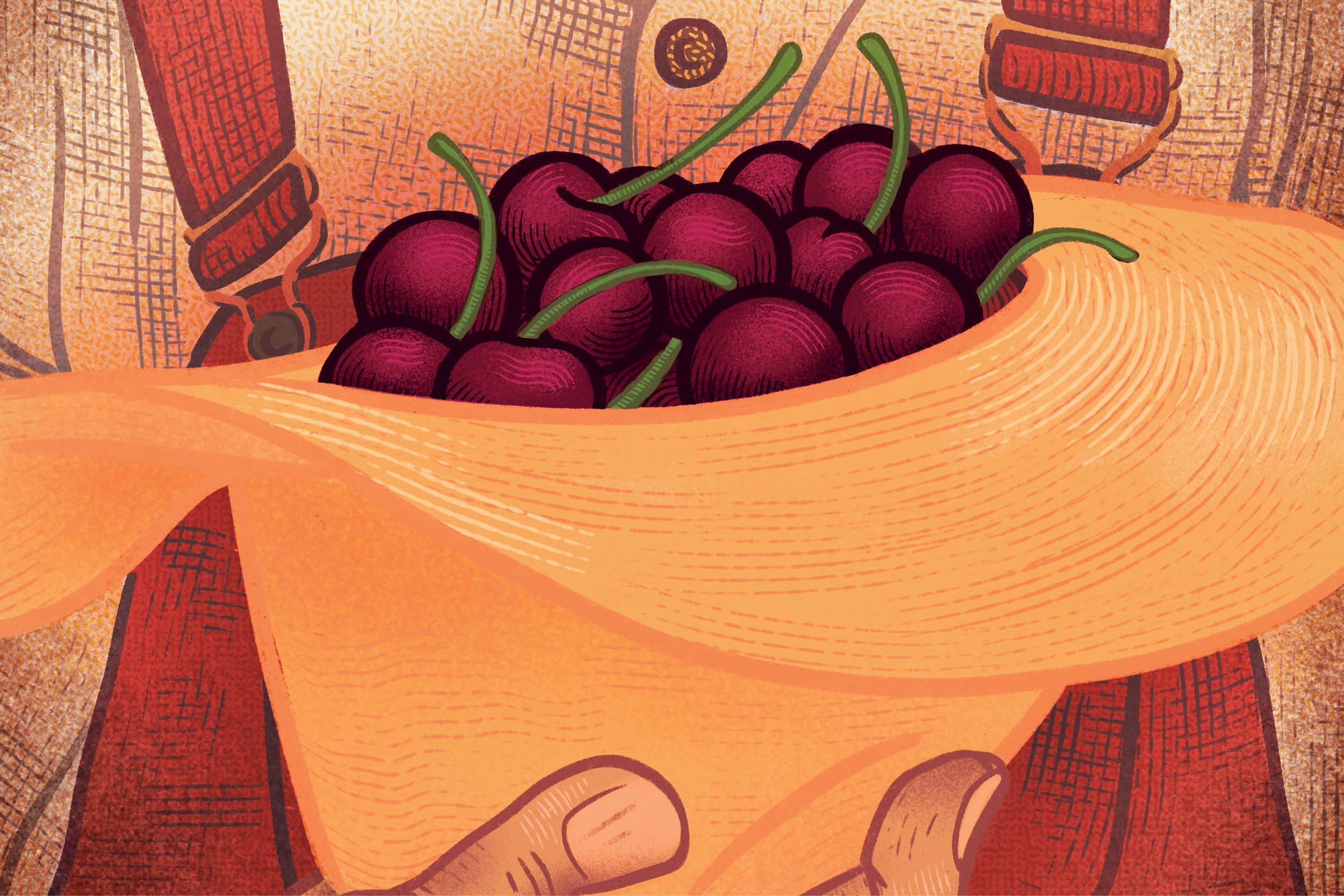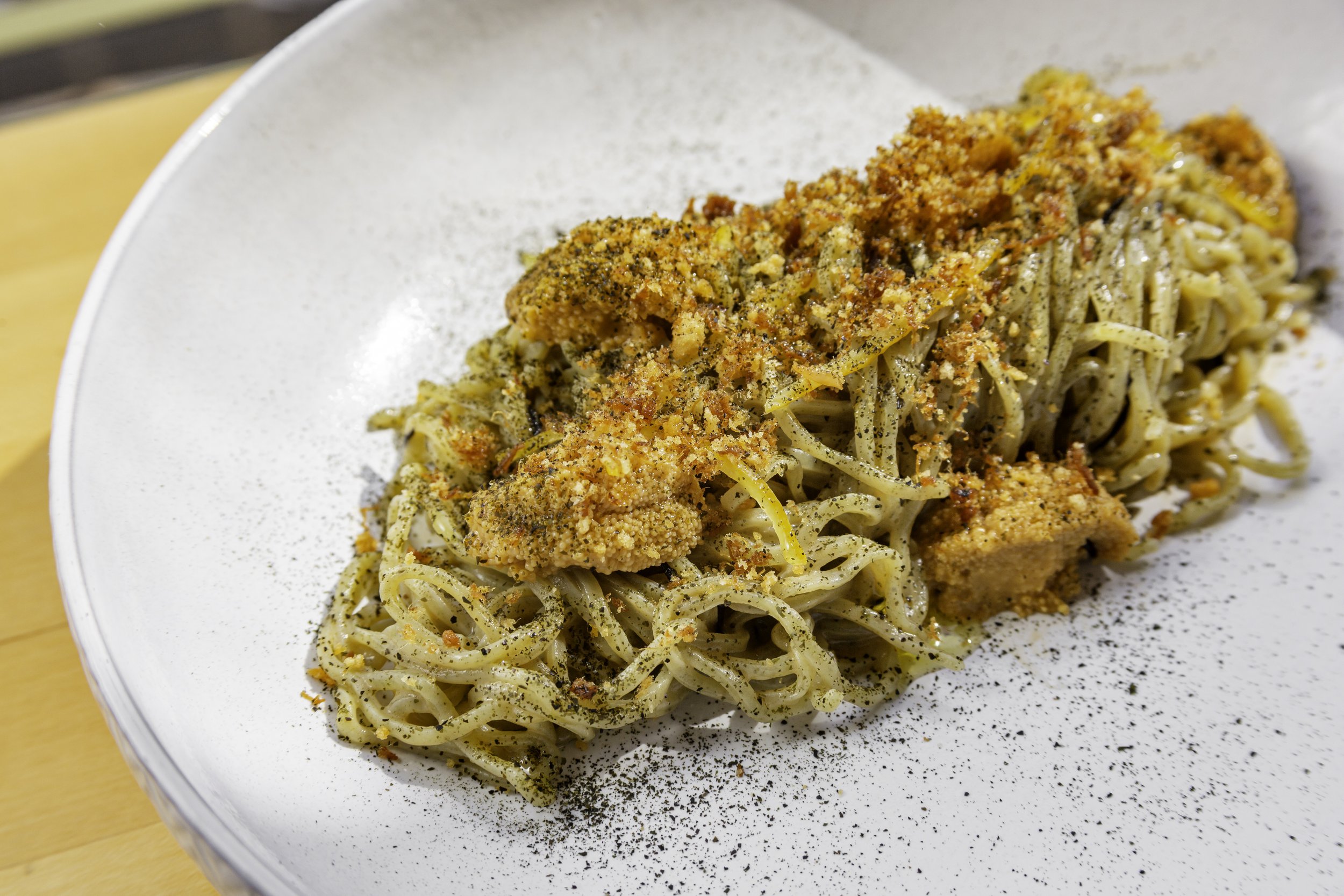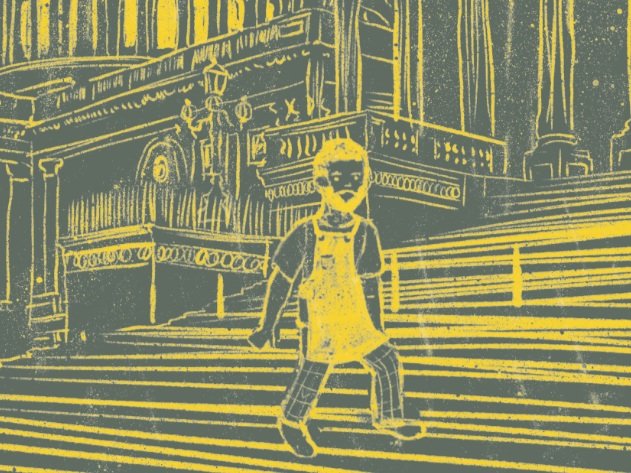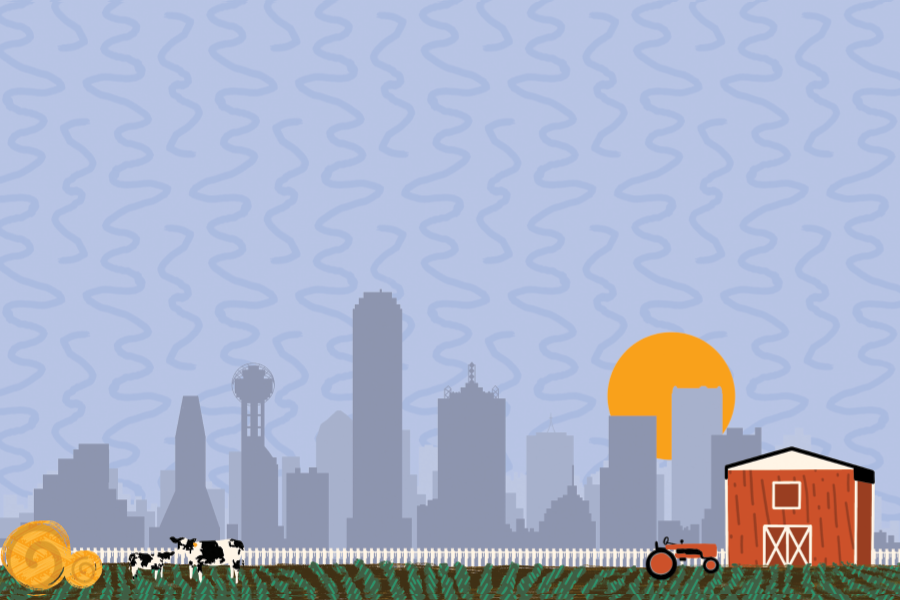Farming with Purpose at The Gary Comer Youth Center
An urban farm brings fresh food to Chicago’s South Side while empowering its next generation.
In 2006, the Gary Comer Youth Center opened to the public as a community resource and space for young people to develop skills, learn, and thrive in Greater Grand Crossing.
Shortly after, the organization purchased 1.75 acres of land across the street from the center, where they put environmental protections in place and planted a small orchard. But in a neighborhood where 56% to 85% of households face food insecurity and most people live two bus lines away from a proper supermarket, fresh fruits and vegetables can be scarce and uncommon. The team at the center saw this as a huge problem. They set out to create a program that would bring fresh, nutritious food to those in the community while educating young people about sustainable agriculture and food security. Now, the educational Urban Agriculture program supplies produce to local food banks, community organizations, and even restaurants. Jason Lyons sat down with Urban Agriculture Production Manager Sandra Reno and Chef-Owner James Martin of Bocadillo Market to talk about the program.
Chocolate-Espresso-Olive Oil Cake, Chocolate Ganache, Whipped Cream, Pomegranate, Toasted Spiced Almond, Nasturtium, Mint at Bocadillo Market
chef james martin of bocadillo market
How and when did the Urban Agriculture program at the Gary Comer Youth Center start? And how did the relationship between the center and Bocadillo Market develop?
Sandra Reno: Since 2011, we have been building out the farm as a greenspace oasis and a way for young people to really find a lot of things. We try to build the programs to be about skill building, community engagement, and food access. We start with middle school. That program [Green Explorers] is about getting kids outside, enjoying nature, and getting them excited about fresh food. The Green Teens program is about educating them on the effects of climate change, building food sovereignty, and building that stewardship in them as teens. They are getting paid to learn these skills and visit farms. Comer Crops is our young adult program for people ages 18 to 24. The young people are focusing on community engagement, working at the farmers market, learning all kinds of skills, and growing as much as we can on the plot.
James Martin: I moved to Chicago to become the chef at A10 in Hyde Park. They were working with [the Gary Comer Youth Center] already, in 2017. That's how I got connected with Gary Comer. The relationship grew. At Bocadillo Market, [we use] their eggplant, tomatoes, and honey. It's phenomenal. I use whatever they have. Last year, I did this smoked carrot dish with pickled strawberries and romesco sauce and beans and their basil. 95% of that dish was Gary Comer. [Reno] has grown padrón peppers and Spanish radishes for us, but it's really cool when we can take stuff she has a lot of and that the youths are excited about.
What are the benefits to this kind of relationship and program, for both restaurateurs and the kids?
SR: One of the reasons we work with restaurants and different outlets is to demonstrate to our young people that these are career pathways they can take. Introducing them to people like Chef James, a black business owner and entrepreneur, is a huge benefit. The young people get to see people out in the real world doing real work, and can see themselves following those footsteps. About 30% to 40% of the produce goes to our culinary department. The youth transform our product into nutritious meals for our after school programs. Twice a week we donate to a local pantry and we sell at our own market, right on our farm. The purpose is to get as much of [the produce] out into the community. It's all run on a sliding scale. Pay what you think is fair. Cash, Link, high fives, whatever. Our last outlet is restaurants. We are very flexible on pricing as well. We want to help local and South Side restaurants thrive. After the pandemic, we saw a huge decline in that, so we’re really trying to work with restaurants to figure out a relationship that is not just about monetary value, but about mentorship and trips to the restaurant, which go a long way. We also work with restaurants to reduce food miles. A lot of the food we grow stays in our neighborhood or goes to Bocadillo Market.
JM: Chicago is a big city. Engaging with Gary Comer allows Chicago to feel a lot smaller. It makes it more exciting for me to tell a story to our guests. [It’s about] being able to turn that product into an experience. It’s raised and harvested by the youth of Chicago. They picked it and washed it. It's an act of love and care. I love all of Chicago, but some people from the North Side would never go to the South Side. This brings the community together. It builds a bridge to a better city.
What do you hope the long term impact of this program will be?
SR: We are thinking about our program as a jumping-off point. This is a first job for a lot of our young people. [They are] able to make those first-time mistakes, learning to communicate, work in a team, the value of a good product, and different enterprises and skills—from hydroponics to beekeeping to chicken keeping. We know they won't all go into agriculture, but they will go into their industry with a lens of sustainability and food sovereignty and a knowledge of sustainable food systems. And social skills. We don't often think about that, but especially for young people from this neighborhood, they can get stuck. We are introducing them to a broad range of skills and partnerships, and to people like Chef James that they can look up to.
JM: The most important thing is shining more of a light on Gary Comer. I'm excited to be a part of it. Getting to start with culinary arts or agriculture, teaching them working skills, being an example of that is pretty cool. It's not easy starting your own business and doing your own thing, but I can try and show them. I can be an example.

